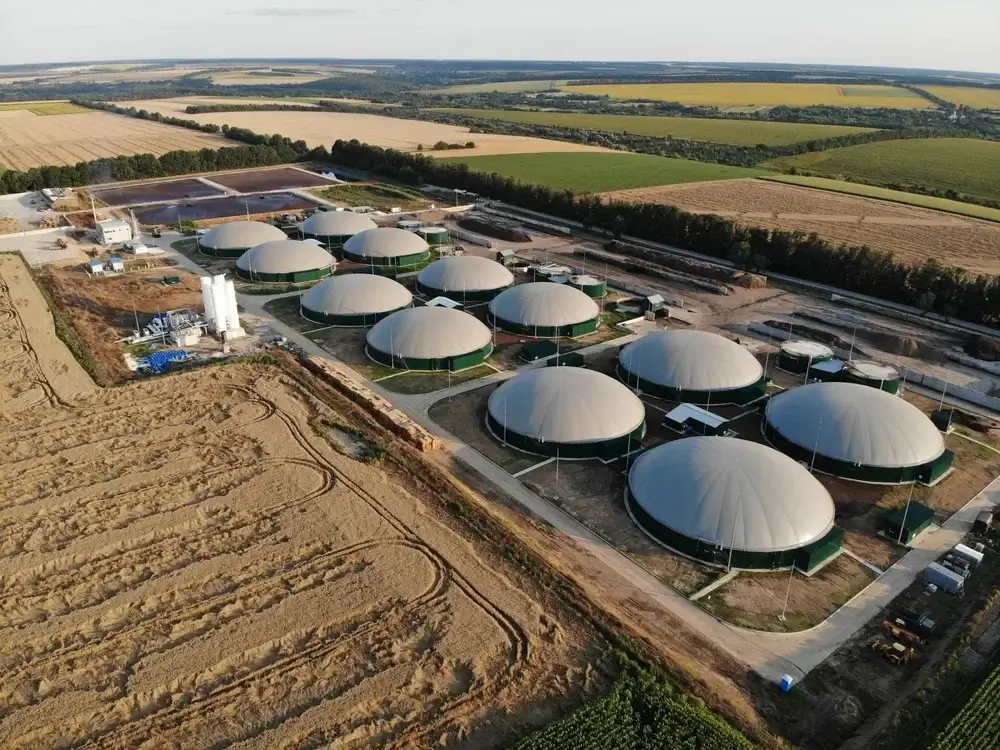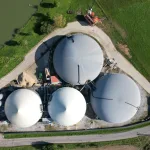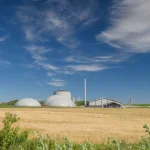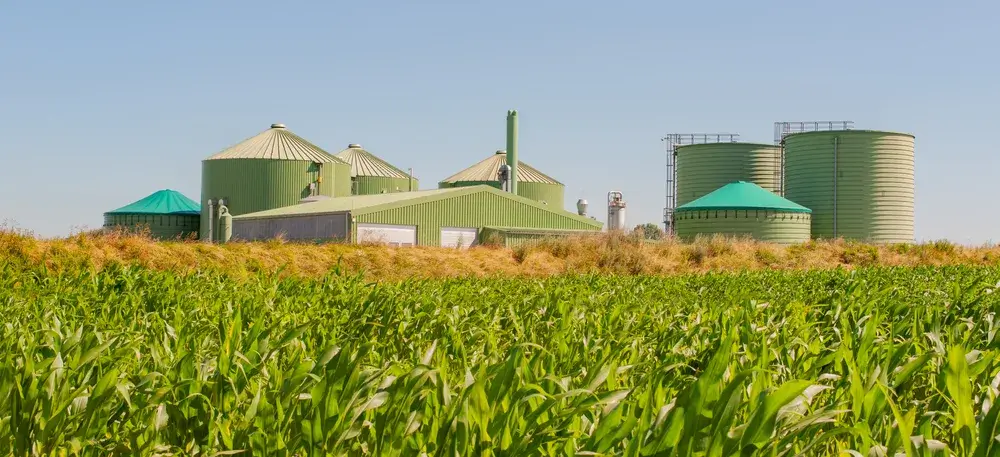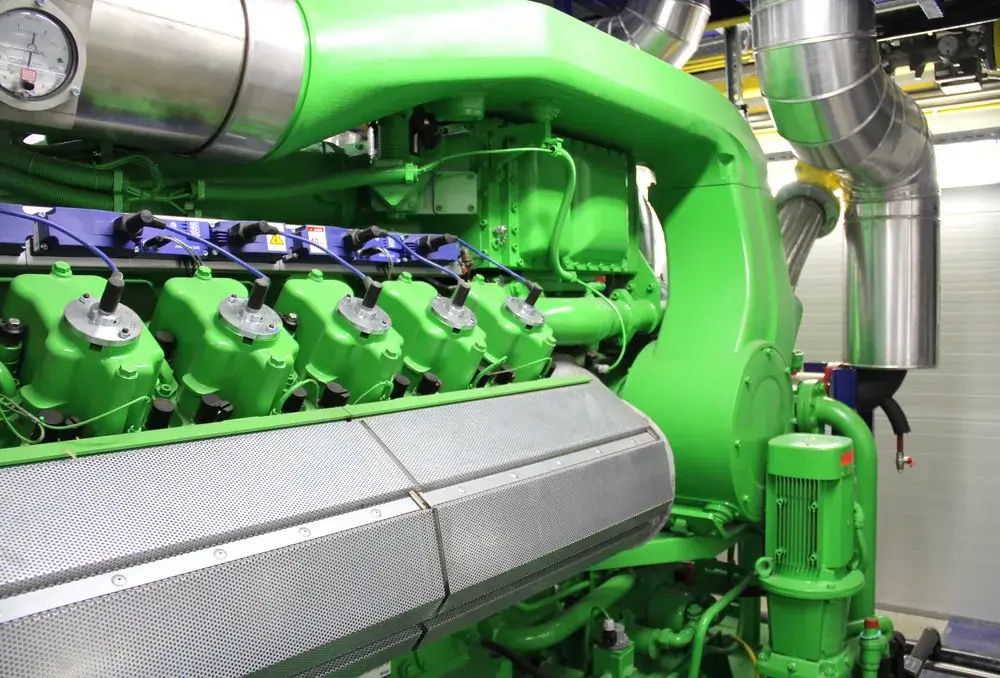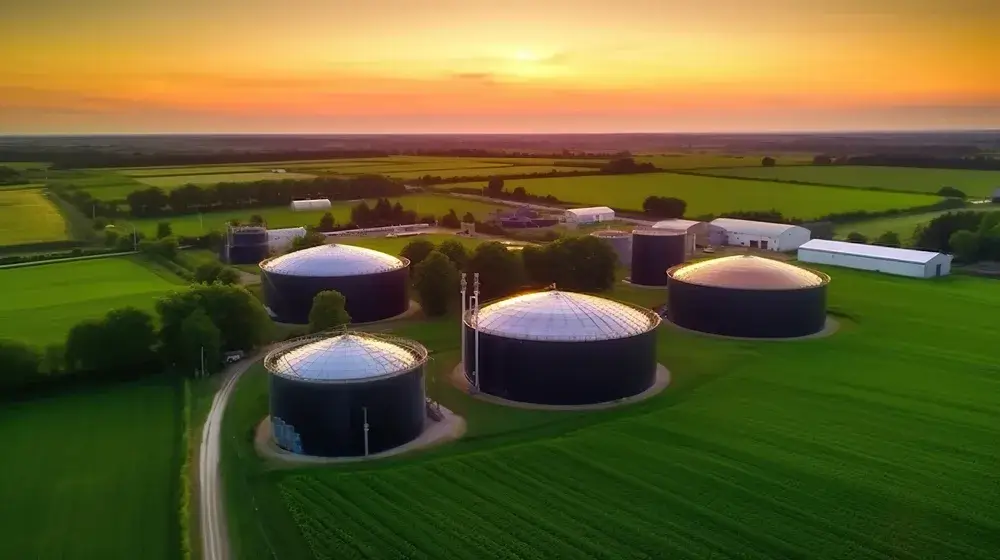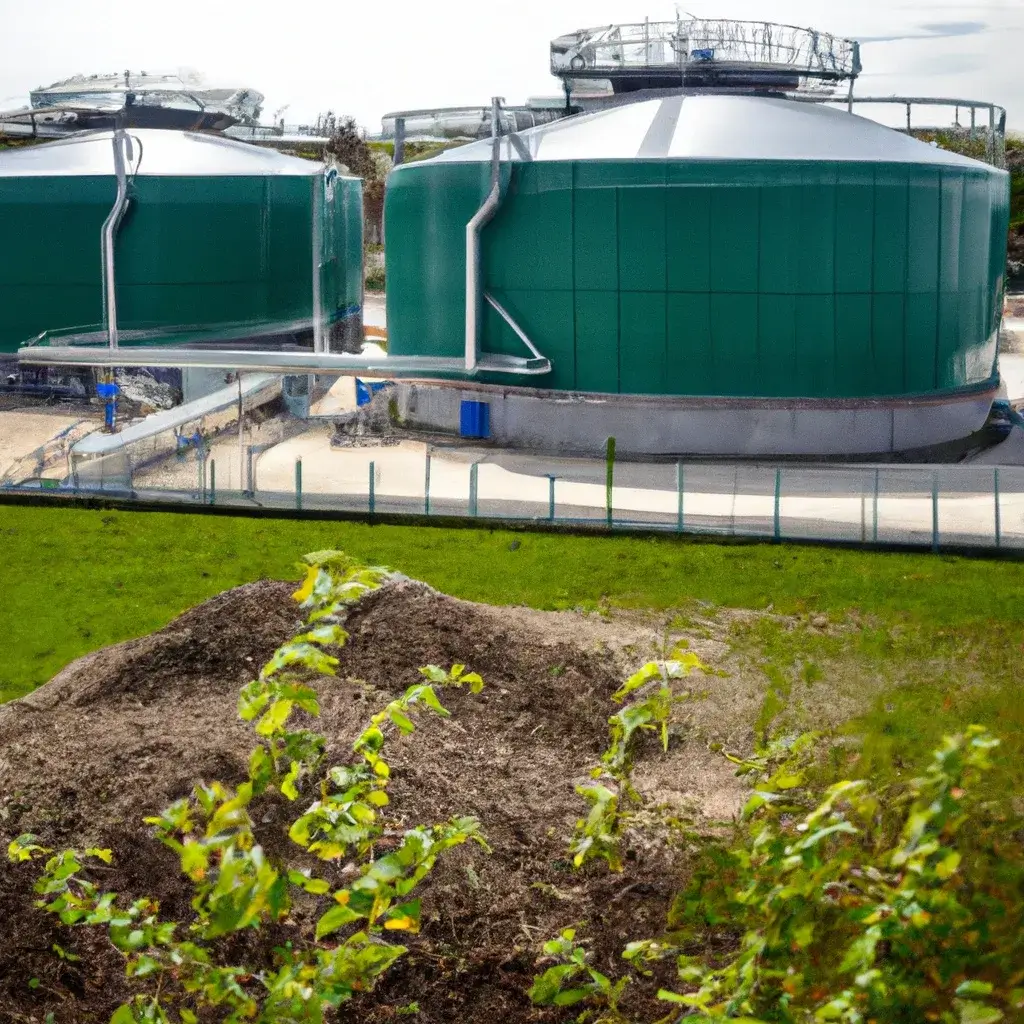What is the difference between natural gas and biogas?
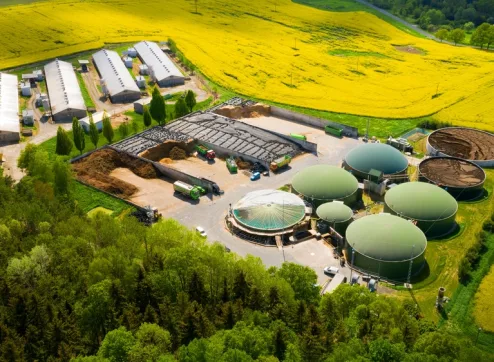
Biogas and natural gas are two significant energy sources that are utilized in different sectors for energy generation. Both have their own advantages and disadvantages, and play a crucial role in the discussion about renewable energy sources and the reduction of greenhouse gas emissions.
In this article, we will examine the differences between biogas and natural gas in detail and analyze their individual advantages and disadvantages.
Biogas — energy from organic raw materials
Biogas is produced through the microbial decomposition of organic materials such as food residues, biowaste, and manure in biogas plants. These plants utilize anaerobic digestion, where microorganisms break down the organic materials in fermenters within an oxygen-free environment. The primary component of biogas is methane (CH4), which can be transformed into a valuable energy source.
Biogas Plants – A Comprehensive Guide
In this PowerUP article, you will find comprehensive information about biogas plants – from their history and components to their advantages.
Advantages of biogas production
Sustainability:
The production of biogas is based on renewable resources such as leftover food, organic waste, and energy crops. This helps reduce reliance on fossil fuels and promotes sustainable energy production. The fermentation residues can be used as fertilizers, completing the sustainability cycle.
Waste recycling:
Biogas production contributes to the efficient utilization of organic waste and residues. Instead of being landfilled or incinerated, these materials are utilized in biogas plants.
Flexibility:
Biogas can be burned in combined heat and power (CHP) plants to generate electricity and heat. Additionally, it can be upgraded to biomethane and injected into the natural gas grid, allowing for a broader range of applications.
Drawbacks of biogas production
Land requirements:
The cultivation of energy crops for biogas production can occupy land that could be used for other purposes. This can lead to conflicts between energy production and, for example, food cultivation.
Competition with food production:
In some cases, the cultivation of energy crops for biogas plants can impact the prices of agricultural products and contribute to the formation of monocultures.
Natural gas – a fossil fuel undergoing change
Natural gas is a fossil fuel that occurs naturally in deposits beneath the Earth’s surface. It primarily consists of methane, but also contains small amounts of other hydrocarbons. Natural gas is utilized in many countries for the generation of electricity and heat, as well as for fuel.
Natural gas – everything you need to know
Natural gas: Explore its role in energy provision, influence on global trade dynamics, and impact on geopolitical discussions.
Advantages of using natural gas
Calorific value:
Natural gas has a high calorific value and can be efficiently used in power plants and heating systems to generate electricity and heat.
Existing infrastructure:
Due to the extensive production of natural gas, there is a well-established infrastructure for its transportation and distribution in the power grid.
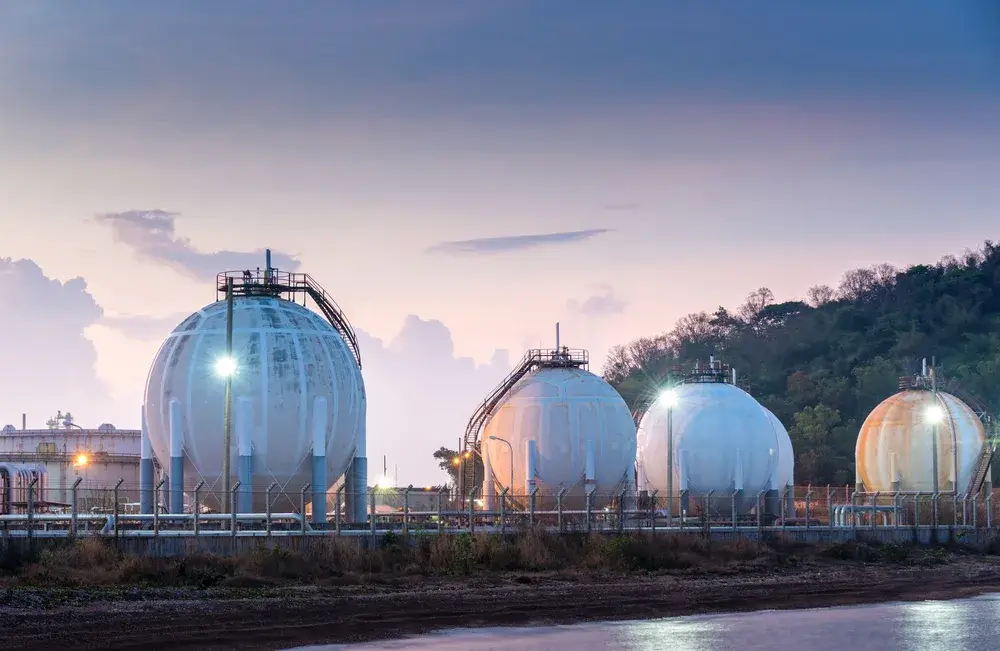
Drawbacks of natural gas utilization
Greenhouse gas emissions:
Although natural gas emits less CO₂ during combustion than coal or oil, it still releases greenhouse gases and contributes to climate change.
Finite resource:
Natural gas is a limited and non-renewable resource. Relying on fossil fuels entails long-term supply risks.
What is the calorific value and how does it compare between biogas and natural gas?
The calorific value is a crucial factor in evaluating energy sources as it indicates how much energy is released during combustion. When comparing biogas and natural gas, it becomes evident that both gases have a high calorific value. However, they differ in their composition.
Bioenergy primarily contains methane, while natural gas is composed of a mixture of hydrocarbons, with methane being the dominant component. When it comes to calorific value, natural gas exhibits a slightly higher value per cubic meter due to its elevated methane concentration.
This means that more energy is released during the combustion of natural gas, which can positively impact the efficiency of energy generation.
What is better — biogas or natural gas?
Whether biogas or natural gas is better does not have a definitive answer, as both energy sources have their own advantages and disadvantages that depend on various factors.
Biogas offers the advantage of sustainable energy production from organic materials, thus contributing to waste recycling and the reduction of greenhouse gas emissions. It can be used in various applications, including power and heat generation, as well as being fed into the natural gas grid.
On the other hand, natural gas is an established energy source with a high caloric value and an existing infrastructure. However, it also presents challenges such as greenhouse gas emissions and dependence on finite resources.
The choice between biogas and natural gas depends on various factors, including environmental impact, technological development, economic aspects, and political decisions.
A sustainable energy supply could consist of a combination of various renewable energy sources, including biogas, as well as the gradual decarbonization of natural gas.

